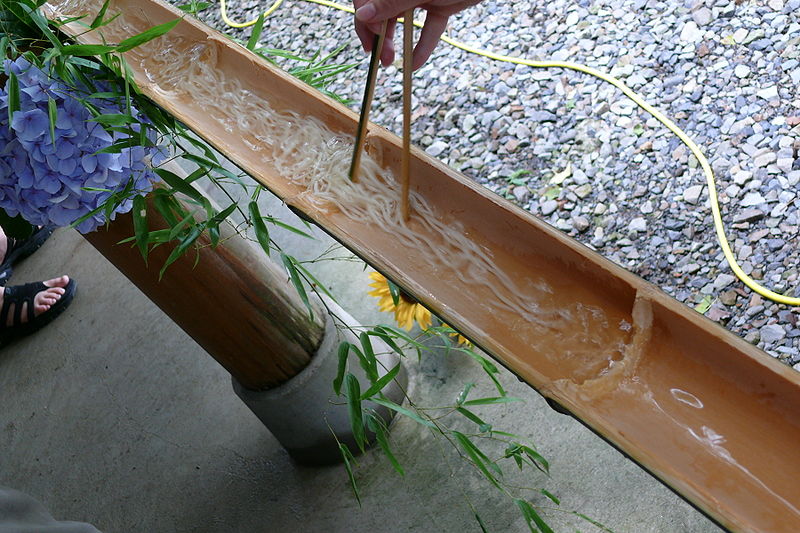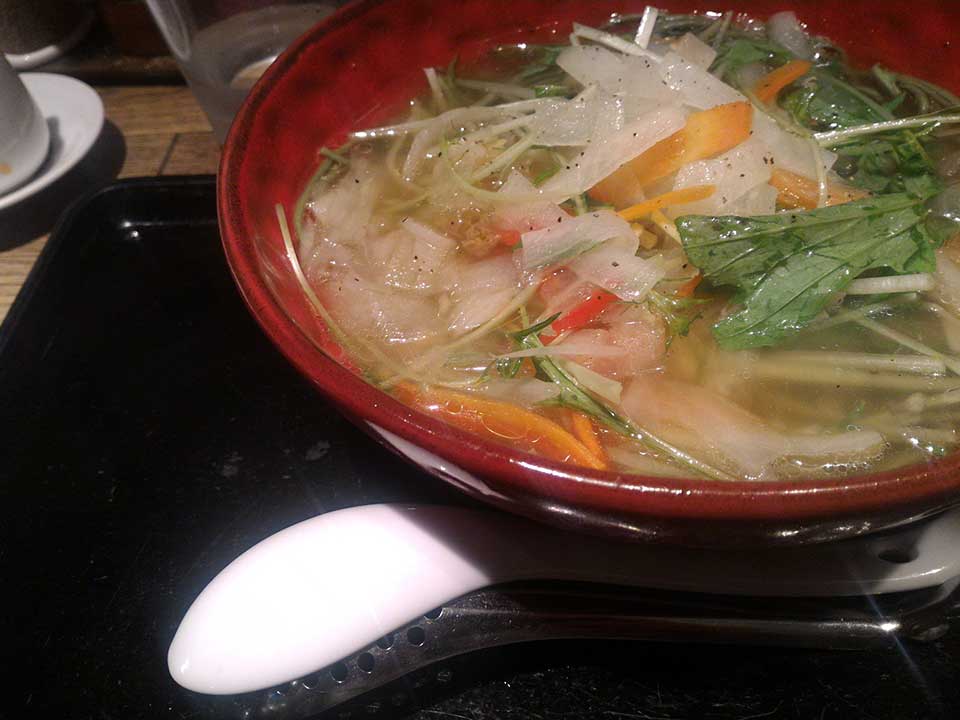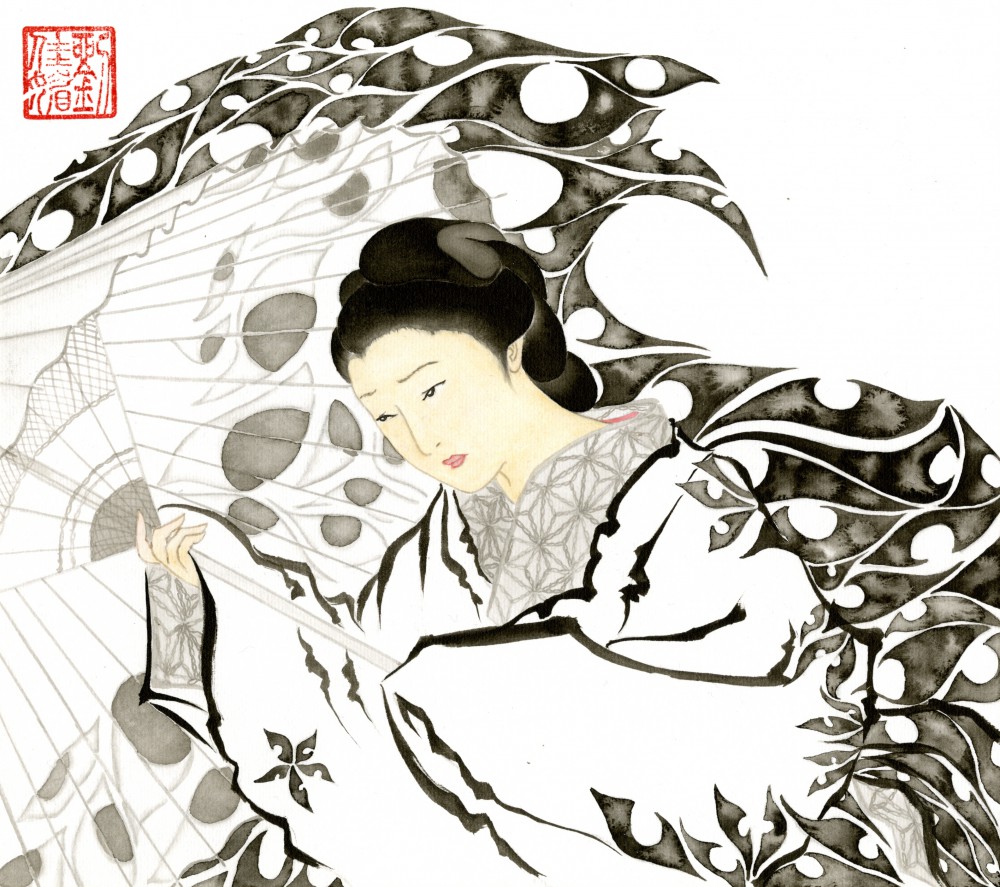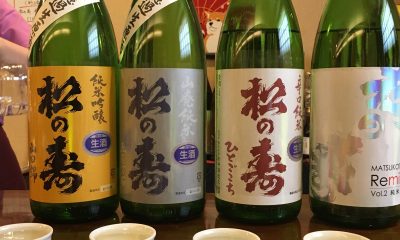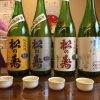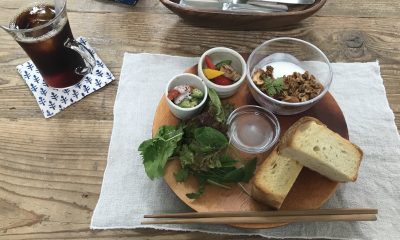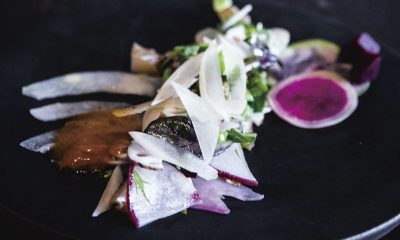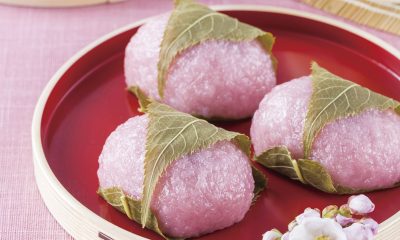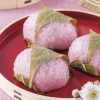Food & Drink
Quintessential Japanese Summer Eats
With July nearing, those of us familiar with the Japanese summer are bracing ourselves for blistering heat, the screeching of cicadas at first light, and humidity of the kind that leaves you needing a shower a mere few minutes after your last. But with the new season comes an array of delicious—and often healthy—delicacies and treats that do wonders to take the edge off the heat. Here we introduce you to some of them.
One of the most popular summer quenchers in Japan, enjoyed by children and adults alike, is kakigori (shaved ice). A staple at festivals as well as the stalls you see along the tourist trail, shaved ice comes piled high with toppings of various flavours. Should you opt for one of the bottled flavour toppings, take note not to be be fooled by the different colours: they all taste the same, as much as you might want to believe the red syrup to be strawberry flavour and the green syrup melon.
Hiyashi Chuka is chilled ramen noodles that slightly resembles Chinese liang mian. Popular toppings are cold meat or shrimp, omelette strips and seasonal veggies like cucumber and tomatoes—but you can customize it however you like. Thinly-sliced toppings make it easy to mix them into the noodles and the sauce. This is a dead-simple dish to make at home and goes well with a variety of sauces, especially sesame or citrus.
Another favourite is nagashi somen, which is better described as a summer pasttime than a dish. Somen are delicate wheat flour noodles best served chilled and are often found in plum or green tea flavours, and this custom involves flushing the noodles with cold water down a bamboo slide and mustering all of one’s chopstick skills —timing is everything! After catching your noodles, dip them in a cup of tsuyu, a sweet, soy-based sauce and enjoy! To experience nagashi somen in a restaurant setting, the Kibune river in Northern Kyoto is a great venue.
Finally, the Japanese summer wouldn’t be complete without a slice of thirst-quenching watermelon (or suika). It might seem strange to an outsider, but these commonly make luxury gifts, with the most desirable varieties fetching thousands of yen. Since watermelon constitutes 92% water, it is a super-hydrating treat that is delightfully sweet and also low in calories. What’s not to love?
Header image: Nagashi Somen, sourced from Wikimedia Commons


